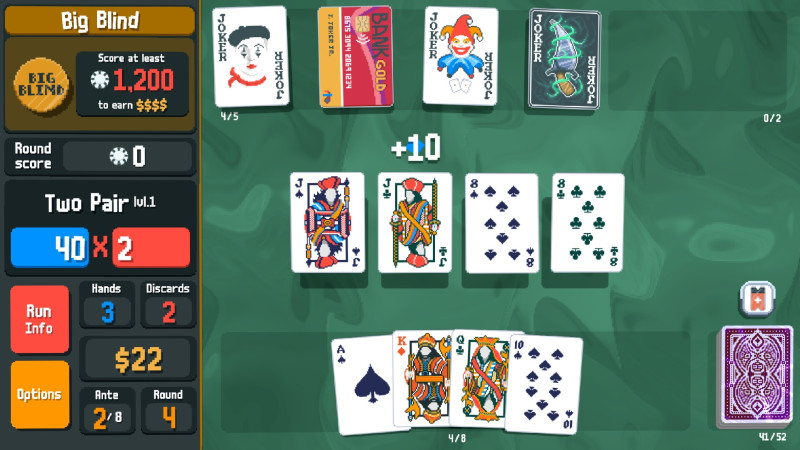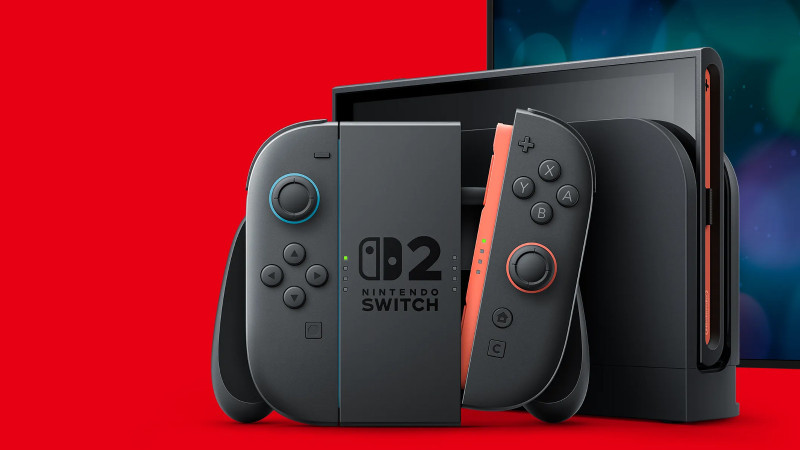
This week in our Gachapwned column, we’re examining the three-pronged approach that gacha games use to attract players in the first place. Last week, we covered the strong character writing that is a component of the genre’s selling points, but that in and of itself wouldn’t be enough to attract players in substantial numbers. After all, a video game needs to have actual gameplay. And the goal with gacha games is absolutely to make gameplay that is… adequate.
This might sound a bit off. You would think that if your game is aiming to convince people that they should spend money on what is indisputably a predatory scheme, you would want to have gameplay that is so thoroughly excellent that people would flock to the game for its mechanics. But gacha games do not do that. Instead, they are aimed at providing a gameplay experience that is good but not necessarily great… because the optimal target is also good, not excellent.
A few factors come into play here. First of all, it’s worth noting that the vast majority of gacha games are designed to be played on mobile phones first with any other platforms being a secondary concern; one could even argue that this genre is over-represented on mobile devices. Secondly, most are also some variety of RPG, either some form of turn-based game or a light action RPG. But in all of the above cases, the limitations of platform necessarily require a fairly limited interface.
This is usually pared down even further, however. Let me use Honkai Star Rail as an obvious example: The game is very clearly a turn-based JRPG-style title, but compared to the vast majority of games in that genre, it is almost hideously simplified. Each character has exactly three options at most: a basic attack, a skill, and an ultimate ability that can be unleashed to break the turn order. You can make some use of abilities between battles via techniques, but each character has only one of those, too. Compared to the average turn-based game, this one gives you a shockingly small number of choices to make.
So why would that be a good thing? Because most of the game is supposed to be easy.

When we talk about challenge and challenging content, what we generally want is content that’s not actually going to stop us but feels just challenging enough to be engaging. But Star Rail really dials into having a lot of content that is, in fact, relatively easy and straightforward. A large chunk of gameplay is farming encounters that are not hard but will take just enough concentration that you feel like you’re doing something, gathering materials and resources through repeated content.
It isn’t hard. But it’s not supposed to be. Even most of the endgame content isn’t meant to be all that hard, just hard enough that you pay attention. The other content is filler. It’s something that you can do while watching a show or half-talking to someone else or browsing the web. It’s the video game equivalent of keeping your hands busy, of puttering.
And this is all made a lot easier and a lot more fun when the actual moment-to-moment gameplay is fairly straightforward. Most of these games are not actually oversimplified in terms of mechanics; it’s just that the complexity all comes into play outside of the gameplay moments. Picking out the right stats and team composition and such in Star Rail is where the real challenge lies. Once you have a good party with the right characters, the actual battles are pretty rote affairs in which you hit a few buttons and you get colorful displays and characters look cool.
Do these segments stick to the ribs in the same way that, say, a high-octane boss fight in Clair Obscur: Expedition 33 might? Not really. But it’s fun enough that the grinding tends to fill its own niche. It is just challenging enough that you feel the tickle of having accomplished a thing, and by offloading a lot of that challenge to pre-fight challenge and patience, the developers make your gameplay feel like an accomplishment even if you aren’t doing a whole heck of a lot when laid out end-to-end.
Let’s face it, MMORPGs in particular have long been in love with these kinds of gameplay segments. Leveling in a lot of MMORPGs is a prime example. It’s just engaging enough that it feels substantial, but no version of World of Warcraft has leveling that is seriously challenging. It’s all just slowly and steadily playing a game over time, perfect for feeling busy while most of your attention is on something else.
You might not think that good enough is a worthwhile target. But actually, we can subsist for a long time on good enough. Not to mention that pumping out a steady stream of good enough means that it’s a lot easier to consistently hit that target metric. If you’ve ever found yourself at a Mexican restaurant and realized you’ve finished off two whole table-wide servings of corn chips without consciously wanting any, you know this to be true.

See, the positive side of never swinging for the fences is that you also tend to miss less often. A game that is trying to always be good enough without really trying to challenge you is less likely to ever hit a moment when you are so annoyed by something major that you feel like just quitting. And while it is possible for various gacha games to throw up roadblocks to your progress that you can’t get around, most try to avoid doing so until you’re already in the groove. You’re already playing it, and while a “stop and grind” segment might have thrown you off a while back, you’ve been playing for like two months. You’re already invested.
So fine, so you need to grind a little bit. That’s not so bad, and you’re kind of just mindlessly doing this in the background anyway. You’re on board for this. It’s good enough to feel enjoyable and easy enough that you never find yourself too frustrated or too bored. And since there is a bunch more depth in perfecting builds and often in farming repeated grinding content, you even feel pretty much all right about the overall cadence.
It also means that when the game does throw some challenge at you, it feels like just enough of a break in pattern that you appreciate it even more.
To be clear, the point here is not that these games or their content is bad. It takes a specific care to keep things balanced just right, where it’s just easy enough to be frictionless and just involved enough to stay fun. Rather, it’s that the goal is not to make something super challenging or super in-depth in the moment-to-moment gameplay, but to maximize the amount of idle, satisfying grinding you can get up to. And many of the better examples have gotten very, very, very good at this by now.
But there is a third prong on top of this, and it ties into what I’ve already talked about. So next week, we are going to be examining how gacha games are frequently sold in part on making up any losses in quality with something pretty underrated: volume.
• Gachapwned: How gacha MMOs attract players with gameplay that’s calculated to be mid • Gachapwned: How gacha MMOs attract players with narrative (even players who know better) • Gachapwned: How gacha mechanics use pity and free content to encourage spending money • Gachapwned: Examining the nature of gacha mechanics as a concept



